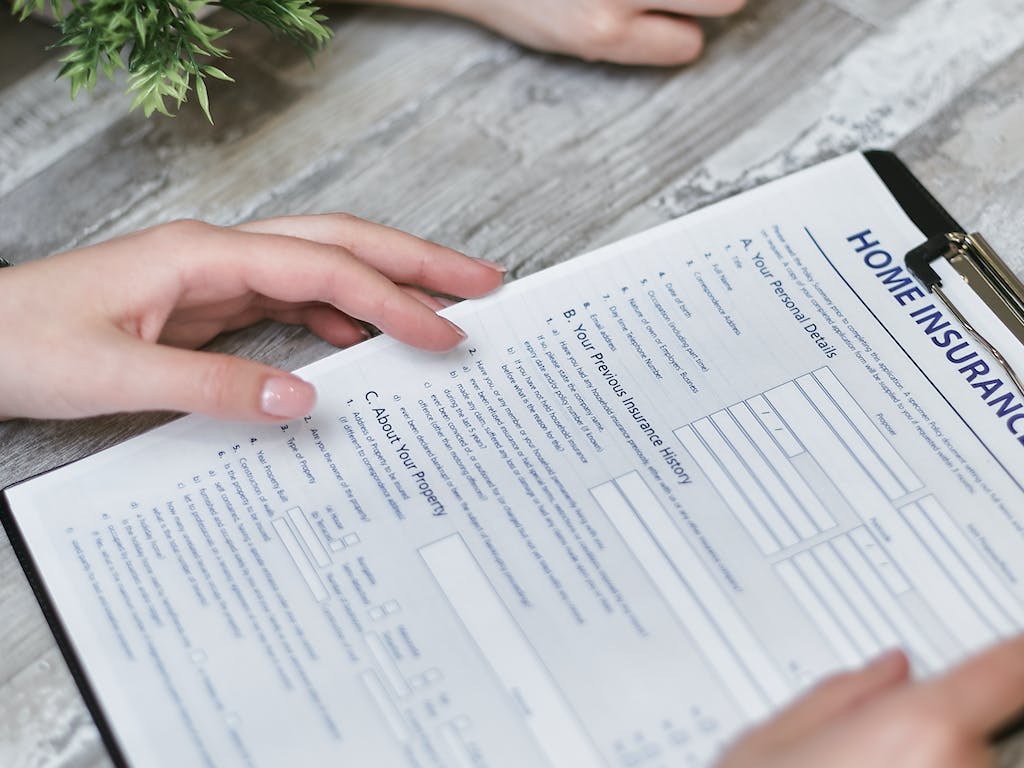When misfortune strikes your home, whether it’s due to a natural disaster or unexpected damage, filing a home insurance claim can help cover the costs of repairs and replacements. Here’s a straightforward guide on how to file a home insurance claim effectively.
Assess the Damage
First, ensure it is safe to stay in or enter your home. Once safety is confirmed, assess the extent of the damage. It’s crucial to understand what happened and how much it has affected your property. Take clear, detailed photographs or videos as this will provide supportive evidence for your insurance claim.
Review Your Insurance Policy
Before proceeding, review your insurance policy details to determine what types of damages are covered and the extent of your coverage limits. Understanding your deductible—that is, the amount you need to pay out of pocket before insurance kicks in—is also vital.
Report the Damage
Please contact your insurance company as soon as possible to report the damage. Most insurers offer a 24-hour hotline for such reports. When you call, have your policy number handy and be ready to describe the damage succinctly. The insurer will then open a claim for your case.
Fill Out Claim Forms
Your insurance company will ask you to complete claim forms. Fill these forms out thoroughly and accurately, as they are crucial for your claim’s evaluation. Provide all necessary documentation that supports your claim, including photos, videos, and a detailed list of damaged items.
Prepare for the Adjuster
The insurance company will send an adjuster to evaluate the damage and estimate the cost of repairs. It helps to have all your documentation ready and any questions you might want to ask. The adjuster’s report will significantly influence the outcome of your claim.
Keep Receipts for Additional Expenses
If you need to relocate temporarily due to severe home damage, keep receipts of all your additional living expenses. Many home insurance policies cover these costs under “loss of use” coverage.
Claim Settlement
After the adjuster has reviewed the damage, your insurance company will offer a settlement. Review the proposed settlement to ensure it covers your needs adequately. If the settlement is unsatisfactory, you can negotiate or dispute the claim.
Conduct Repairs
Once the settlement is finalized, you can proceed with repairing or rebuilding. Choose reputable contractors and keep all receipts and invoices related to the repairs, as your insurer may request them.
